Uluru stands 350 metres above ground and sits up to six miles below. It is spectacular, but on this continent of extreme nature it is not alone in its grandeur, scale and drama.
Formally known as Ayers Rock, Uluru is, to get technical, an inselberg. To be more evocative, that translates literally to – an island mountain. Long before you see it in its entirety, it dominates the skyline.
It is nearly 9.5km in circumference. A mammoth sandstone rock in the middle of the desert, it is considered sacred by the Aboriginal people of the area and has captured the imagination of the millions of visitors who have come to gaze on its vastness over the years.
There are many differing Aboriginal stories of how the rock came to be, but regardless of which version, it is now one of the most recognisable nature wonders of Australia. It is famed for it ever-changing glorious red and golds as the sun drifts up, over and down its surprisingly smooth faces.
Watching the sunset at Uluru is one of the must do events of a visit. With the solid constant presence of the rock beyond the trees, the crowds swell and jostle for prime photo positions.
We were fortunate enough to spend the time with old friends. Mick and Rusty were at the Army Apprentice School with Geoff back in the day. We tagged along with Mick, his wife Sue and kids Jack and Georgia (aka Buzzard and Possum) and Rusty and Marg for a week of their holiday. Thanks for letting us gate-crash the party guys!
And then come the colours.
Sunrise is just as popular. Around on the opposite face early the next morning the coffee and cameras were at the ready.
The colours are perhaps not as dramatic and the night before, but that great rock still manages to capture your breath, and make you feel that magic is about to happen.
Uluru/Ayres Rock has not always been a happy place. There was the famous case of Lindy Chamberlain who fought a long court case to prove that a dingo and not she had killed her baby at the Rock.
For many years the local Aboriginal community claimed they were the traditional owners of the land and Uluru was theirs fought to be recognised as the rightful guardians of the area, and in 1985 the rock and the surrounding lands were finally handed back to them.
Thirty five people have died trying the climb the rock.
No photo can do justice to the difficulty of the climb and the steepness of the smooth rock face. A chain has been put in place for many years to help those who take up the challenge.
The Anangu Aboriginal people of the area, for whom the rock is sacred, request visitors not to make the climb and often nature puts a stop to it anyway, with high winds or low clouds making it even more dangerous and the chain is closed.
But many still do and the views from the top are reportedly spectacular.
The views from the base are pretty amazing. A 10km walk all around the rock shows the different faces and sacred places of Uluru. We thought we might ride it on hire bikes, but at $45 each, we decided a leisurely stroll was more our style!
From waterholes to surprising amounts of lush vegetation, and the more than twenty different species of animal that live and thrive on this lifeless looking rock, it is truly a special place worthy of its World Heritage Site status.
But it is not alone. Not far from Uluru is Kata Tjuta or the Olgas. A group of sandstone mountains even higher than Uluru and also part of the sacred dreaming and meeting places of the local Aboriginal people.
There are 36 domes in all, spread over nearly 22 km2 and while Uluru gets all the attention normally, the highest of the three dozen, Mount Olg – at 1,066m – towers over the Rock.
Like Uluru, there are many Aboriginal legends around the creation of the domes, but many are not told to outsiders, especially women, as much of the site is considered “men’s business.
South of the Uluru / Kata Tjuta national park is another monster monolith – Mount Conner. With such illustrious near neighbours Mount Conner doesn’t get much press, and if you are coming up from the South it is often for people the first tantalising and incorrect glimpse of Uluru. But Mount Conner is pretty impressive in its own right, so we wanted to give him some space amongst the big ones.
Uluru and the Olgas may get the “being the biggest prize”, but Kings Canyon not only has size and scale, it also has a hike that boasts a 100m climb affectionately known as Heart Attack Hill, before you reach the rim. Once up there you are greeting with a reassuring defibrillator and emergency radio beacon!
Thankfully we didn’t need the machine, and the five hundred roughly hewn steps we had toiled up lead us onto the top of the canyon and a six kilometre walk, scramble, hike over ancient stones and a landscape that has remained unchanged for millennia.
The cliff faces of the canyon are weathered over endless time. Some have had more recent rock falls, which have left spectacular slides behind.
Kings Canyon is an important watering hole in the harsh Red Centre of Australia. Little wonder that the waterhole and towering trees at the base of the gorge is called the Garden of Eden.
More than six hundred species of animals and plants live in the Canyon, taking shelter in the vast gorge and enjoying the Garden.
The Lost City is another area of the Canyon Rim – with towering walls and stunning natural formations, including solid rock, still rippling with the traces long-forgotten streams.
More recently tourism has brought a boom to the area. Cotterill’s Look Out is named after one of the Red Centre’s early pioneers of tourism to the region – Jack Cotterill.
While Uluru and Kata Tjuta and Kings Canyon may be a relatively new find for tourists, local Aboriginal people have lived and thrived in each place for more than 20,000 years and they rugged rocks, canyons and mountains are still important sacred areas for them. After visiting all three it is easy to see why.


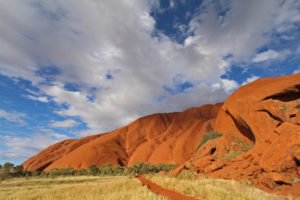
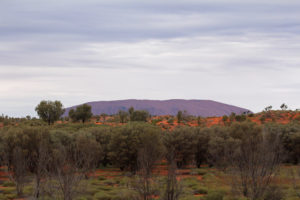
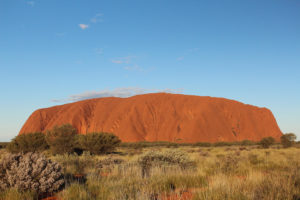
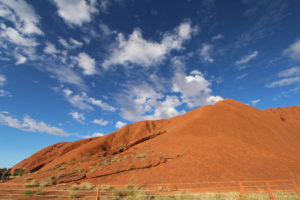
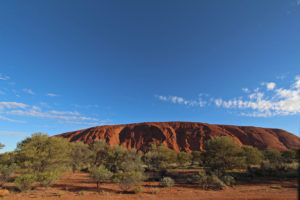
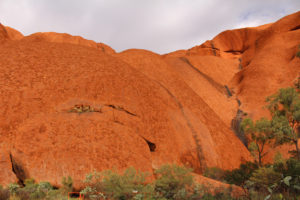

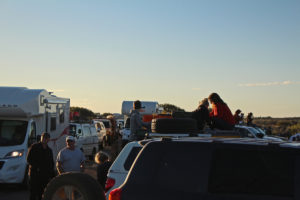
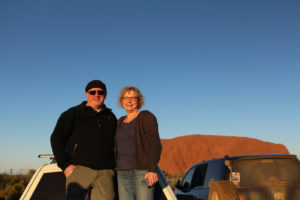
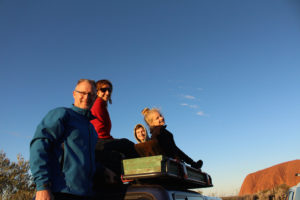
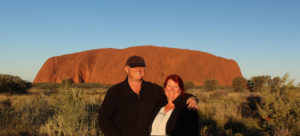
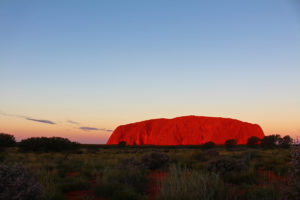
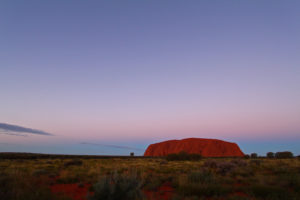
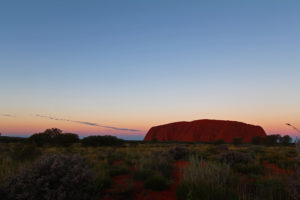
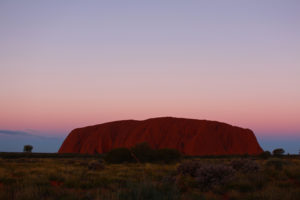
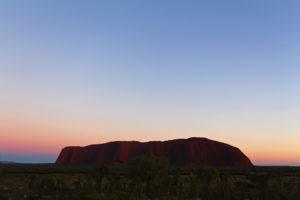
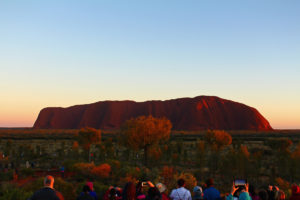
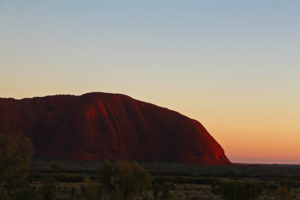
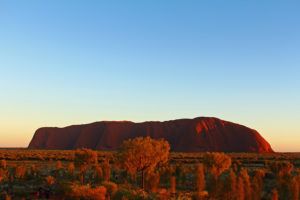
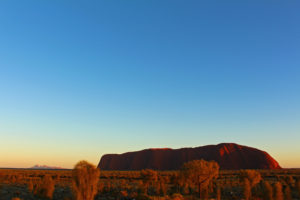

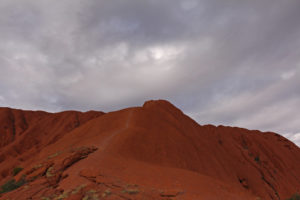

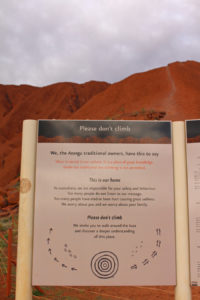
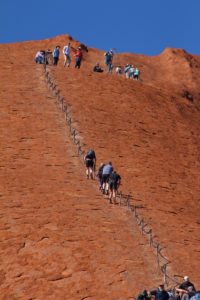
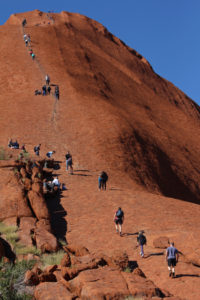
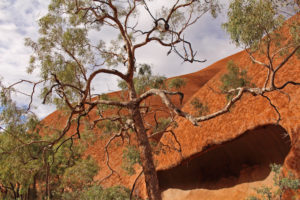
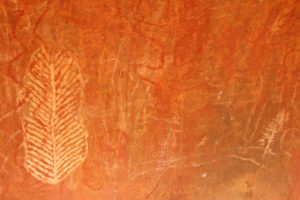
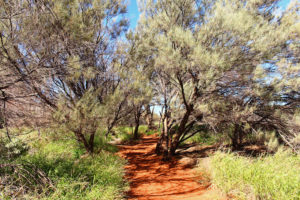
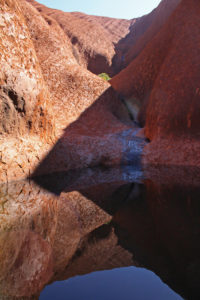

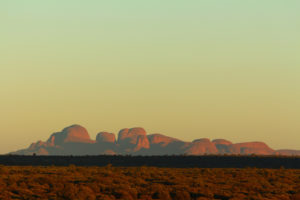
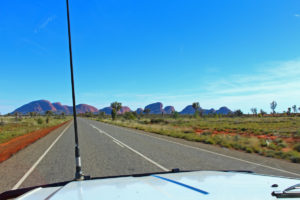
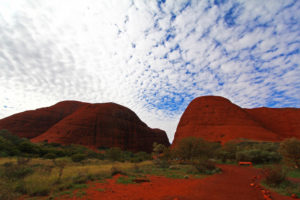
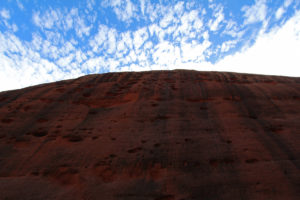
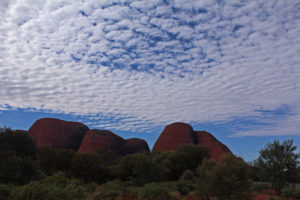

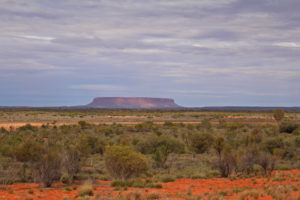
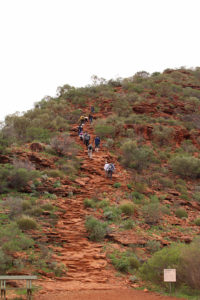
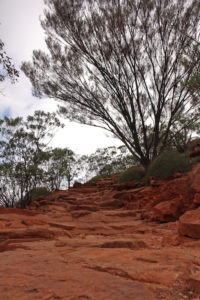
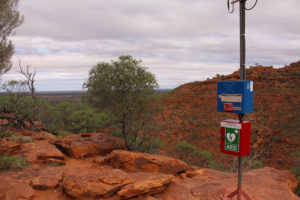
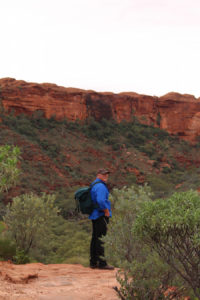
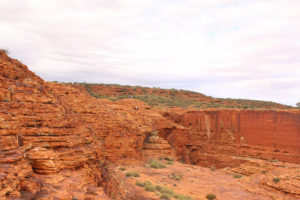
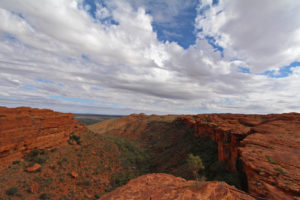
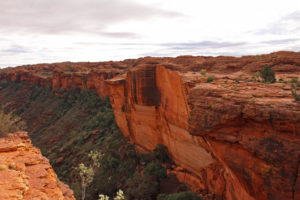
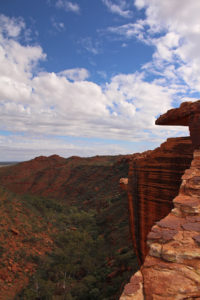
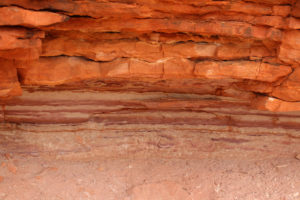
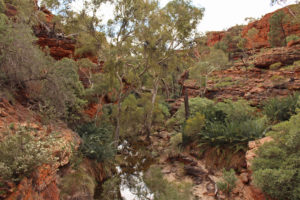
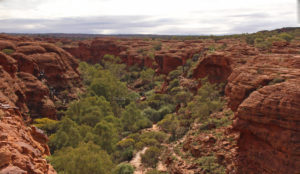
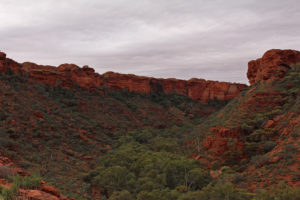
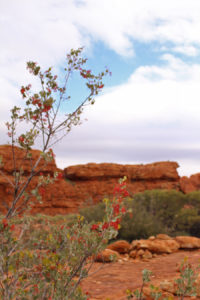
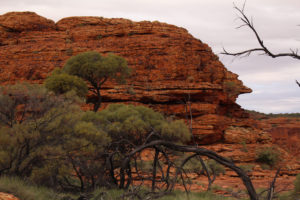
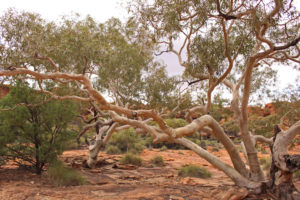
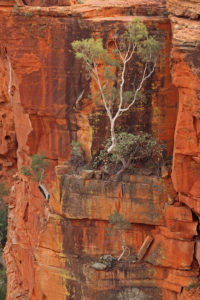
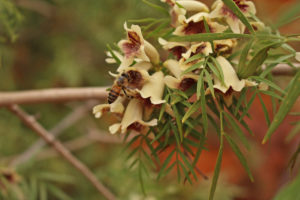
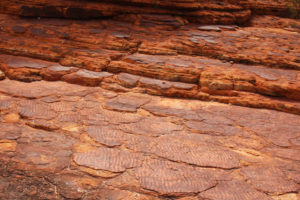
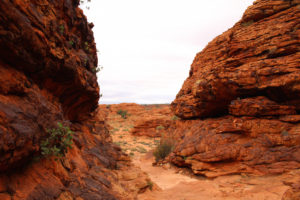
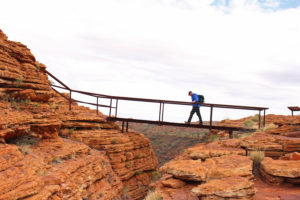
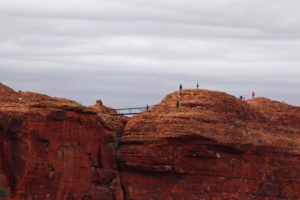






























































Pingback: Blustery Days and the Kindness of Strangers - Extraordinary Places